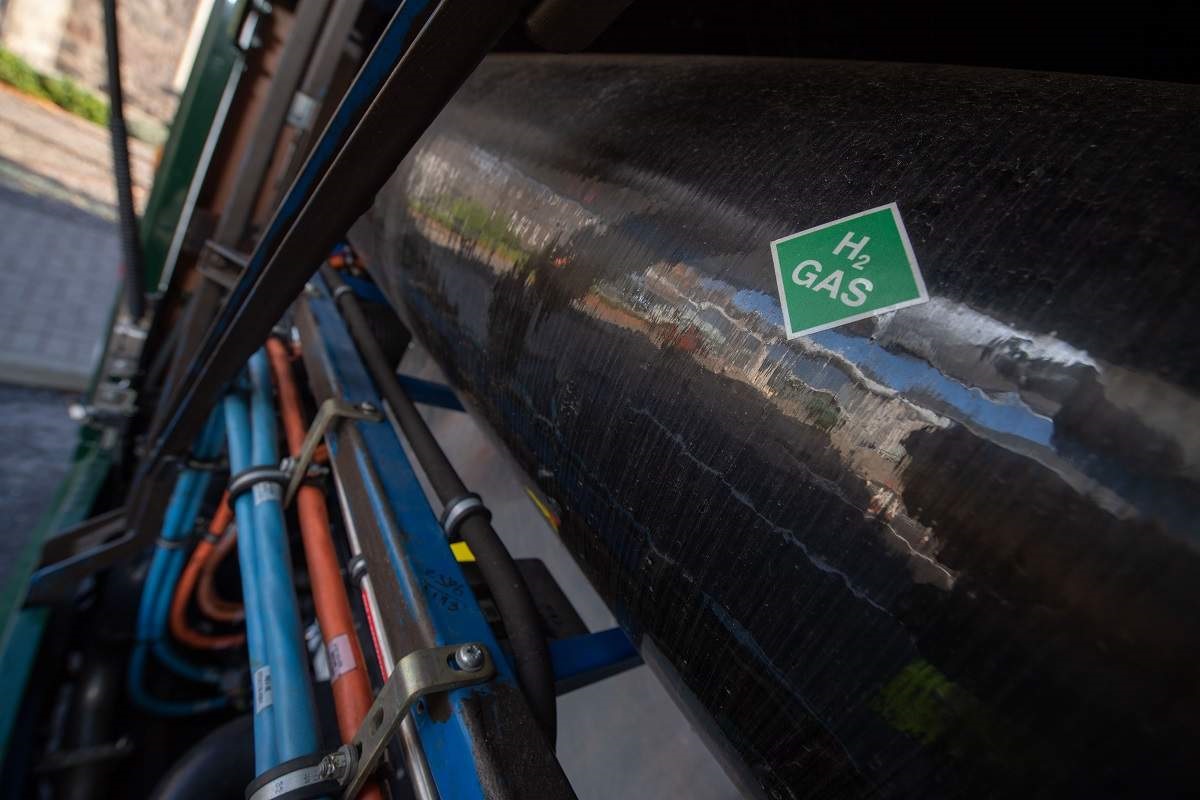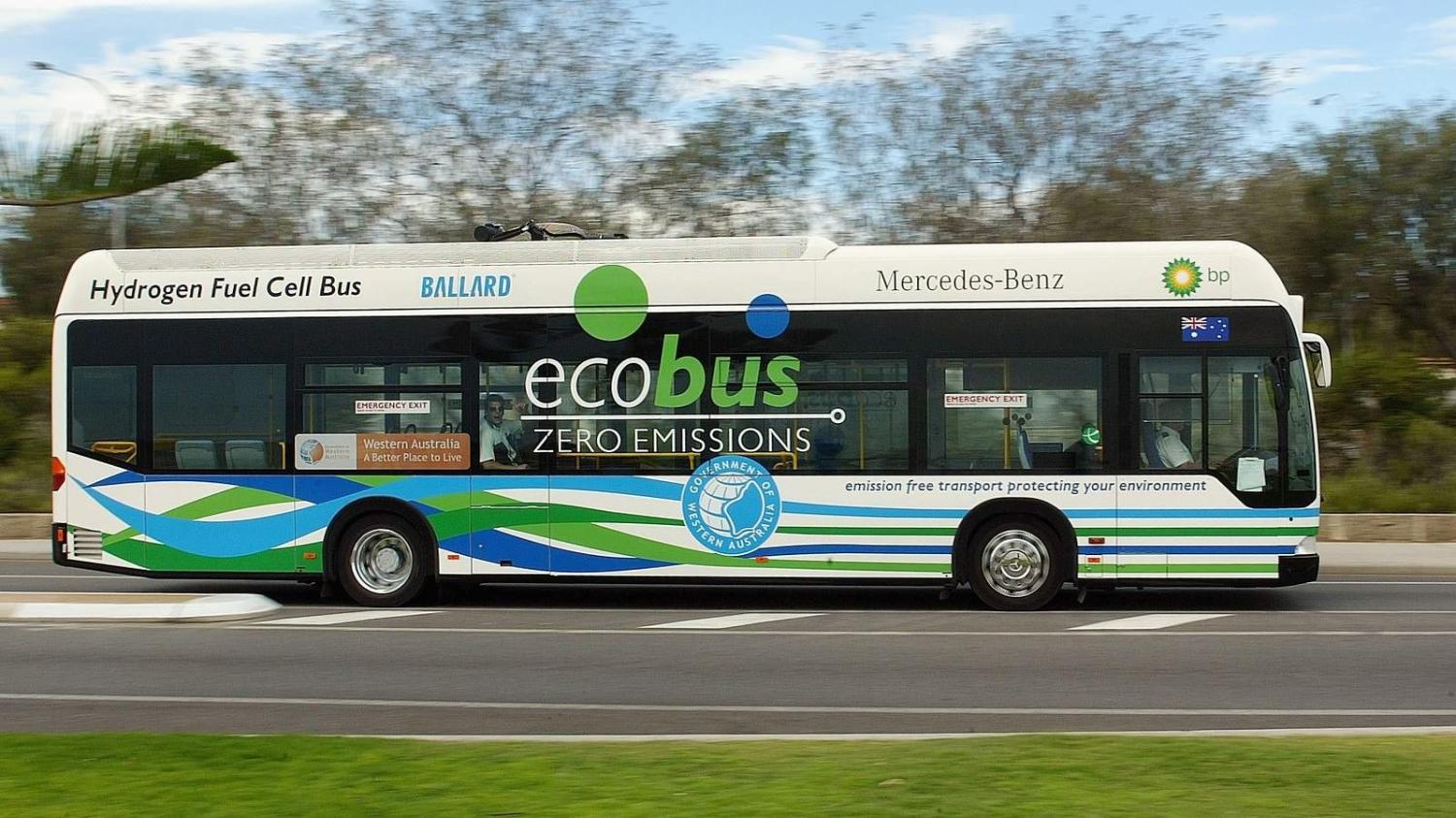In the lead-up to the COP26 UN Climate Change Conference in November, the world is looking for nations to step up in the clean energy sector. Australia, with its plentiful resources, economic capacity and established trade connectivity is perfectly poised to become a leader in that step-up – specifically as the Indo-Pacific’s export superpower of “green” hydrogen. Produced from the electrolysis of water, using renewable energies such as wind and solar, green hydrogen is increasingly viewed as the missing link in achieving the long-term decarbonisation of global energy and economic systems.
More than 350 hydrogen projects are currently in development around the world. These seek to decarbonise economic sectors – such as heavy transportation and industrial feedstock – where the potential of direct electrification using renewables is currently limited. With the right policy settings in place, hydrogen could satisfy as much as 24 per cent of global energy demand by 2050.
Emerging export-focused hydrogen mega-projects highlight Australia’s ability to thrive in a post-carbon world. Realising this potential would deliver great strategic gains in addition to economic growth. These include opportunities to sustain diplomatic engagement with key regional partners and to help deliver widely-shared benefits on climate stability and energy security. Because hydrogen has a greater ability to be distributed over long, particularly oceanic, distances than renewable electricity, the energy-hungry and currently emissions-intensive Indo-Pacific will be the epicentre of this new market.
Australian hydrogen supply meeting regional demand would help create a well-functioning Indo-Pacific hydrogen market.
As I outline in a new report for the Perth USAsia Centre, Australia is ideally situated to be the region’s hydrogen export superpower. Seizing the opportunity could help deliver economic returns similar to those generated by fossil fuel energies including coal and natural gas over several decades. It could also help maintain associated diplomatic relationships with key customers as they seek to remove carbon-intensive commodities from their economies to satisfy net zero emissions goals. It is strategically fortunate that the emerging centres of Indo-Pacific hydrogen demand are Japan and Korea, whose close engagement is also vital to Australia’s broader foreign policy goals.
Australia might simultaneously use hydrogen exports to decrease the problematic intensity of its trade dependence on China. China is moving more slowly than its East Asian neighbours on integrating hydrogen into its energy mix. It also wants to reduce its fossil fuel import dependency and is likely to direct its vast renewable technologies towards achieving green hydrogen self-sufficiency.
Australian hydrogen supply meeting regional demand would help create a well-functioning Indo-Pacific hydrogen market that could sustain more widely-shared geopolitical benefits, the most obvious of these being to reduce the risk of any regional instability that arises from increasing natural disasters and the resource scarcity associated with climate change.

Another likely strategic benefit would be increased energy security as the importance of the largely authoritarian states that have dominated the hydrocarbon era wanes. A 2020 report from Harvard University’s Belfer Center noted that, in contrast to fossil fuel superpowers such as Saudi Arabia and Russia, the most likely hydrogen leaders are largely secure market economies. This includes Australia as well as Norway, the United States and Morocco.
Hydrogen development might also carry significant geopolitical downsides. These include an increase in the volatile behaviour of former petro-states and the potential for China to build new power and influence through providing technologies and infrastructure to aspiring hydrogen adopters.
Yet these risks only increase the imperative for Australia to work with key partners and allies to create value chains that advance their shared interests.
The Commonwealth has made some important contributions to realising the country’s hydrogen opportunity. In the 2021–22 federal budget, for example, more than $275 million was allocated to create four hydrogen production hubs. Australia has also formed nascent hydrogen partnerships with a handful of key countries including Japan, Korea, Germany and Singapore.
Yet public and private interests in Australia and around the world must invest tens of billions more in coming decades to establish new infrastructure and technologies and implement and harmonise regulations, standards and other policy frameworks.
Australia should look to elevate its hydrogen ties with countries such as Japan and South Korea through more regular and higher-level dialogues.
Canberra should increase its fiscal support to green hydrogen development, to help industry members more rapidly lower costs and achieve competitiveness with fossil fuel alternatives.
It should also pursue other policy priorities. These include better signposting of Australia’s intentions by setting clear targets on how much hydrogen it expects to produce and export and working with an Indo-Pacific partner country to develop a green hydrogen value chain pilot project.
Australia should look to elevate its hydrogen ties with countries such as Japan and South Korea through more regular and higher-level dialogues. It should also follow Tokyo’s lead in pursuing leadership on hydrogen in multilateral fora and Seoul in creating a public-private international hydrogen cooperation body.
The servicing of the emerging hydrogen sector’s massive infrastructure needs within existing Indo-Pacific infrastructure commitments should be an Australian priority. These include the Australian Infrastructure Financing Facility for the Pacific and the US-Japan-Australia Trilateral Partnership for Indo-Pacific Infrastructure Investment.
Pursuing these objectives could best position Australia to realise the economic and diplomatic benefits of hydrogen and create new patterns of trade, investment and geopolitical interdependence with likeminded countries.

